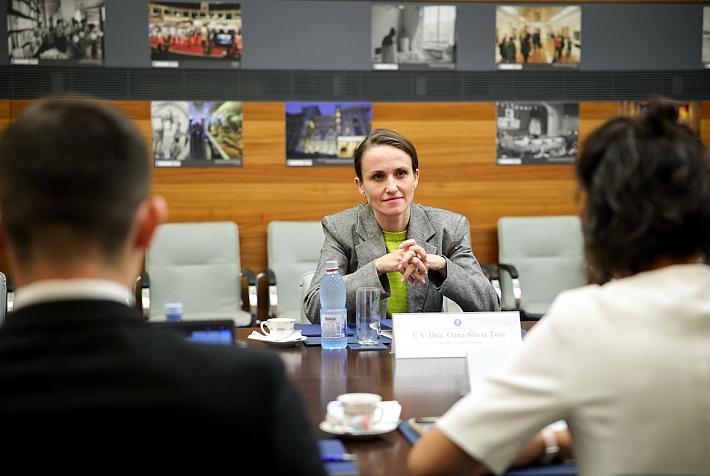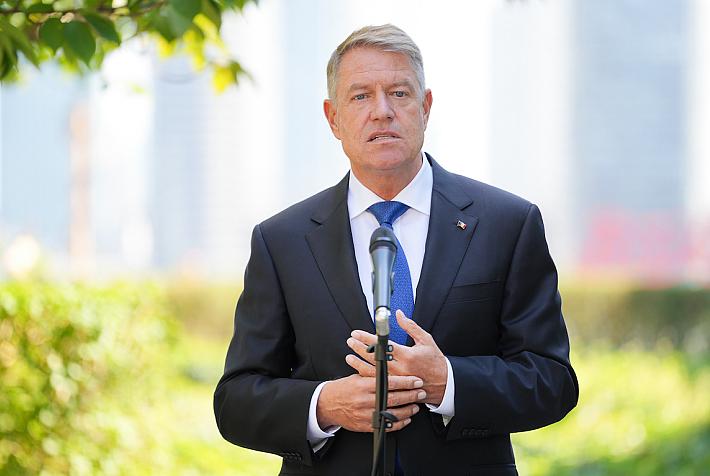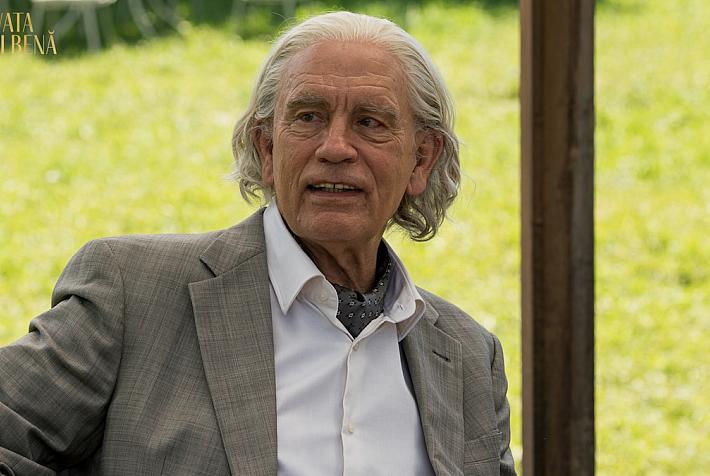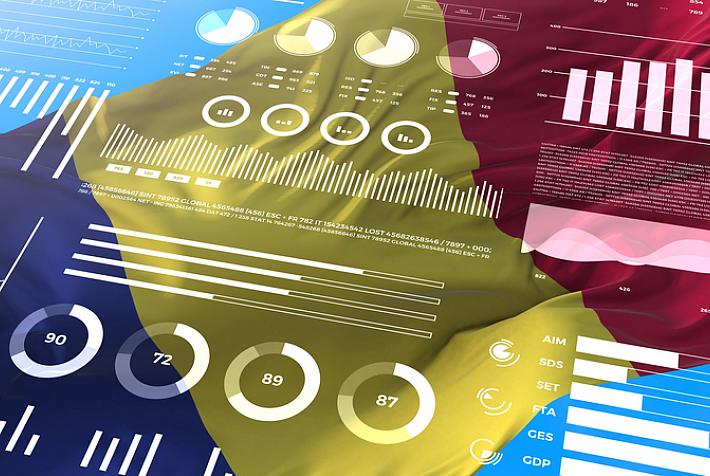Study: New regional division project for Romania lacks vision on local public services

The Institute of Public Policies IPP recently raised an issue which has been less debated during the talk about Romania's future administrative division: the local public services.
Only a little above half of Romania's population currently has access to a water supply and less than half to sewage systems, while Romania has already contracted European funding of some EUR 2.8 billion in water – sewage infrastructure, according to a recent report from the Institute of Public Policies IPP. In the next EU financial term 2014-2020, Romania should invest in connecting the other half of the country to water supply and sewage systems, which is the real stake of the regionalization process underway in Romania, according to the IPP.
On average, every county in Romania accessed some EUR 250 million in implementing projects for all public services which were eligible – waster – sewage, waste management, roads and heating. For various reasons, projects were not implemented countrywide.
“The regionalization topic appears frequently in political speeches these days, but topics are treated superficially – such as where the capital will be, how the regional leader will be named, how the region itself will be named, instead of talking about increasing the quality of public services provided locally and how the subordination and control models will be upgraded – these models are very different from one county to the next,” according to the IPP.
Waste management seems to be among low priorities, with modest investments made by local administrations, and still low prices, for electoral reasons. Around 40 percent of Romania, especially rural areas, do not get waste management services, and important investments in this area are expected from 2014, but they will be managed by county councils. An average project for waste management needs a EUR 30 million budget, and so far, EUR 970 million has been contracted in 37 counties for such projects.
The situation on the local heating segment is paradoxical, according to the IPP, as most Romanians choose to disconnect from the public heating system – only 30 percent of the population in urban areas is still connected, but local authorities prefer to use Governmental funds of some EUR 100 million. According to the IPP, local authorities are not interested in taking responsibility and stop using public resources, but wait for funds to be transferred.
The average value of a project on the water supply – sewage segment is of EUR 90 million, and even if the value of funds used by Romania so far in improving this segment is high – EUR 2.8 billion, the country still ranks low on the ratio of people with access to such services, compared to the EU – only 55 percent have access to water supply, and 45 percent to sewage systems.
Roads infrastructure was the absolute priority of most local authorities between 2007 and 203, with a total volume of contracted funds of EUR 700 million, and the average value of such a project at EUR 6.6 million.
editor@romania-insider.com











